G2 Esports’ NiKo, one of the best CS:GO players in the world, defended himself and other tier-one players against critics today who claimed top teams were privileged in their attendance of the esport’s most prestigious events. These comments came after some tier-one teams were outplayed by tier-two squads throughout the BLAST Paris Major Europe RMR A and B tournaments.
A belief in part of the CS:GO community is that tier-two teams have to “grind” more and, in the end, it’s uncertain if they’ll play in larger tournaments because of how the biggest operators run closed circuits. As a player who has been a part of tier-two and below in the past, NiKo—who’s been competing in Counter-Strike for over a decade—doesn’t agree that lesser-ranked teams are in need of more opportunities.
“I like how some people are saying that we are PRIVILIGED and LUCKY to be part of all tier-one events, and that tier-two and three teams have to grind so hard to get there,” NiKo said. “You motherfuckers don’t even know what the real GRIND is, I have been grinding whole my life to get where I am today. I have been grinding when there were no online qualifiers every second week, no tier-two events to prove yourself anywhere, and no FACEIT whatsoever. Nowadays there are so many opportunities to prove yourself, so many different platforms, qualifiers, and tier-two events DAILY. And you still cry [about] how hard it is to get in [a] tier-one event.”
There is an argument at the end of CS:GO’s life cycle that the only reason why tier-two teams don’t beat tier-one squads more often is because they don’t play in the bigger events. ESL Pro League and BLAST Premier, for example, are two circuits filled with organizations that had enough money to pay for a spot in the league, while tier-two organizations have to fight each other for spots via qualifiers. The Major, on the other hand, is an entire open circuit, which has more room for upsets.
During the RMR, we saw tier-two teams like Bad News Eagles, Monte, and 9INE have impressive campaigns on their road to the Paris Major, despite not playing in tier-one tournaments like IEM Katowice, BLAST Premier Spring Groups, and ESL Pro League season 17 because they didn’t qualify. Bad News Eagles and 9INE will be Legends at the $1.25 million tournament, while tier-one teams like FaZe Clan and Cloud9 are fighting for one spot in the last-chance qualifier. Other powerful organizations such as Astralis and Virtus Pro, meanwhile, are completely out of contention after a weak performance in the RMR.
Despite the recent results, NiKo and other veterans who hustled in the tier-two and three scenes years ago feel they deserve the guaranteed spots in tier-one tournaments after all their grind. Players like MOUZ’s in-game leader Christopher “dexter” Nong and Vitality’s captain Dan “apEX” Madesclaire backed up NiKo’s tweet. “I came from amateur aus cs with 200 dollar prize pool. They don’t know what grind is,” dexter said in response to NiKo’s thread. ApEX simply responded with a “+1.”
It’s unlikely that the dynamic of Counter-Strike’s circuit will change anytime soon because organizations and tournament organizers make money from the franchised circuits. But as long as Valve keeps the CS2 Majors as they currently are, almost every team in the world will have the opportunity to compete on the big stage.



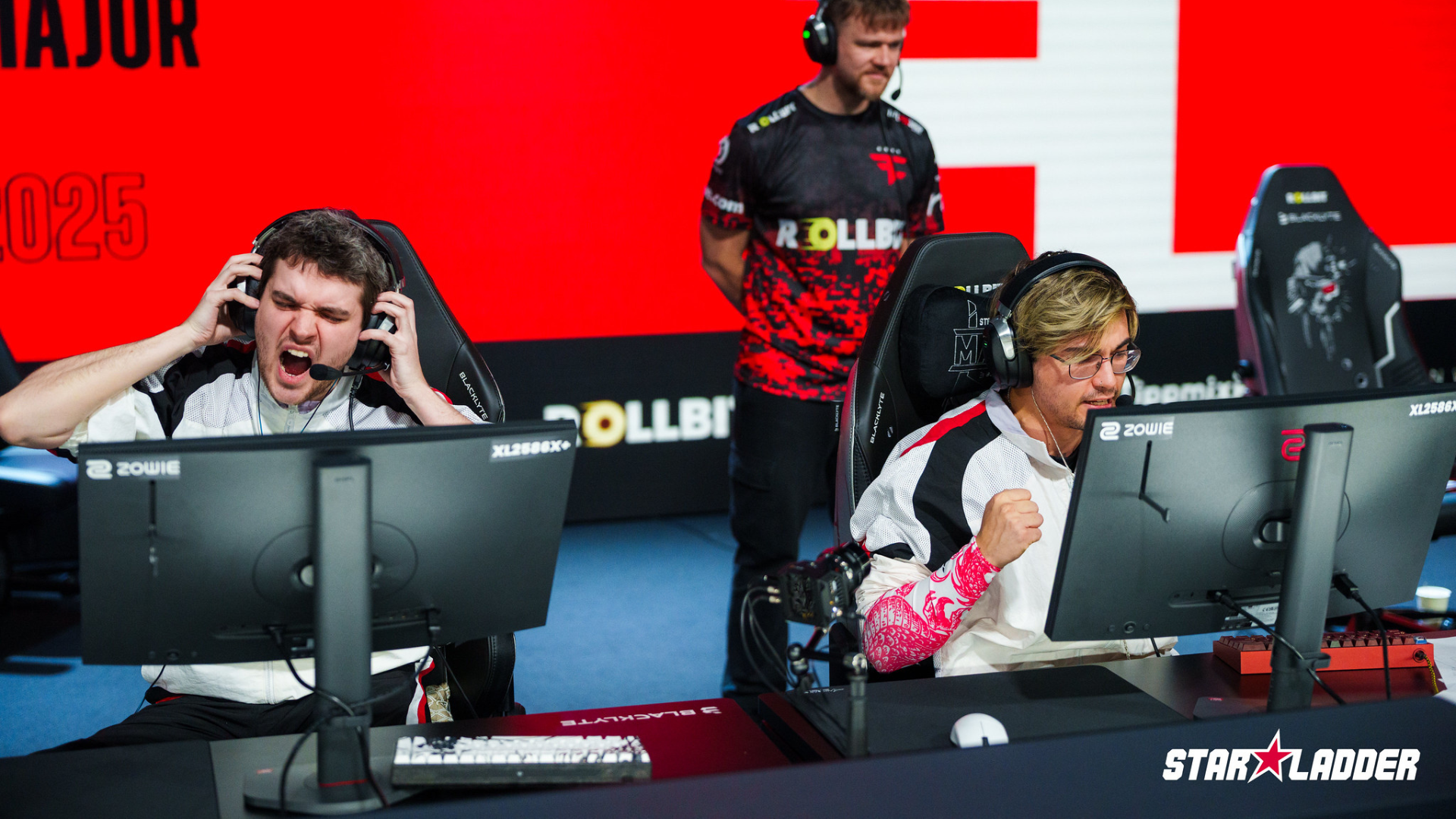

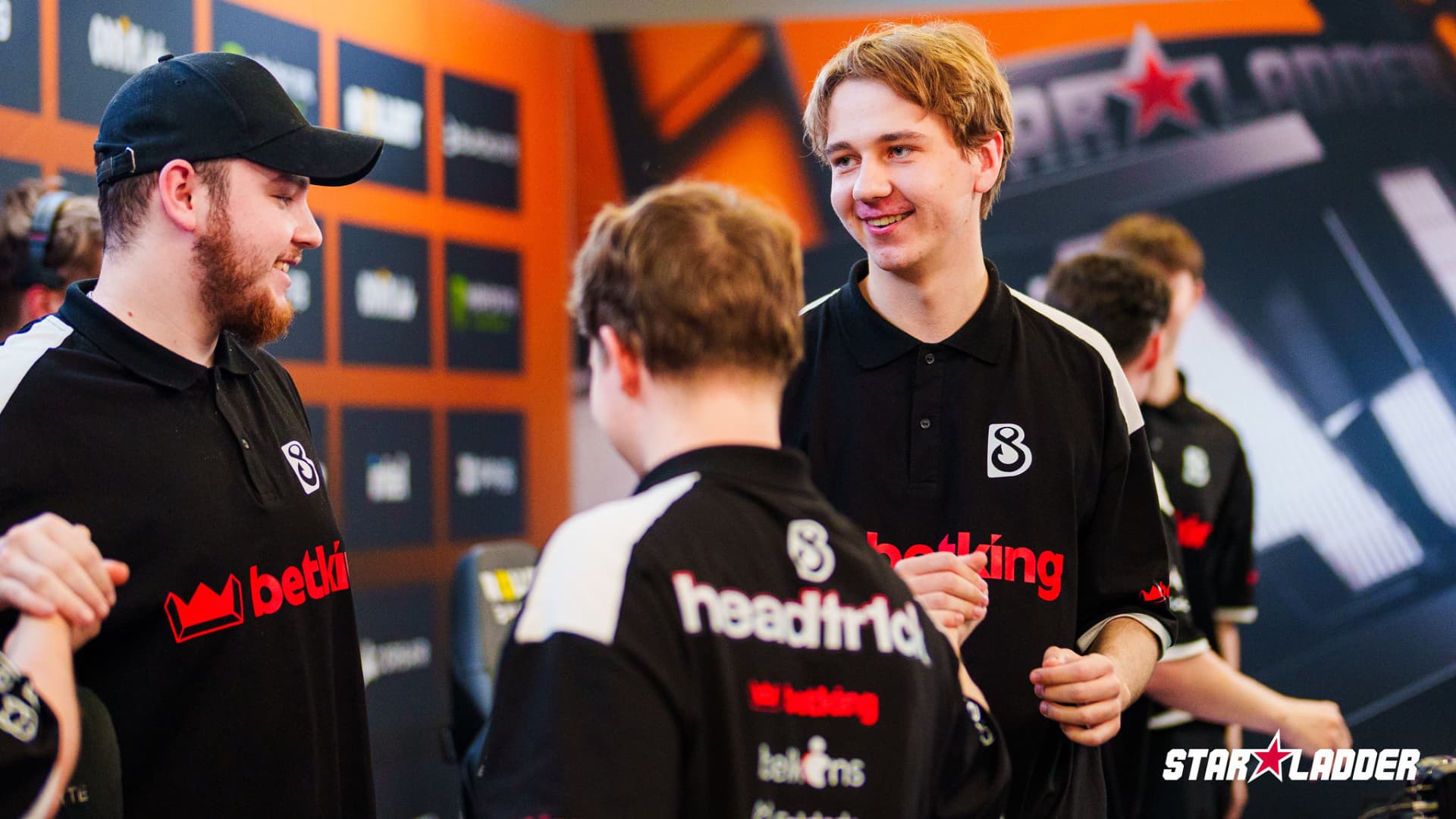
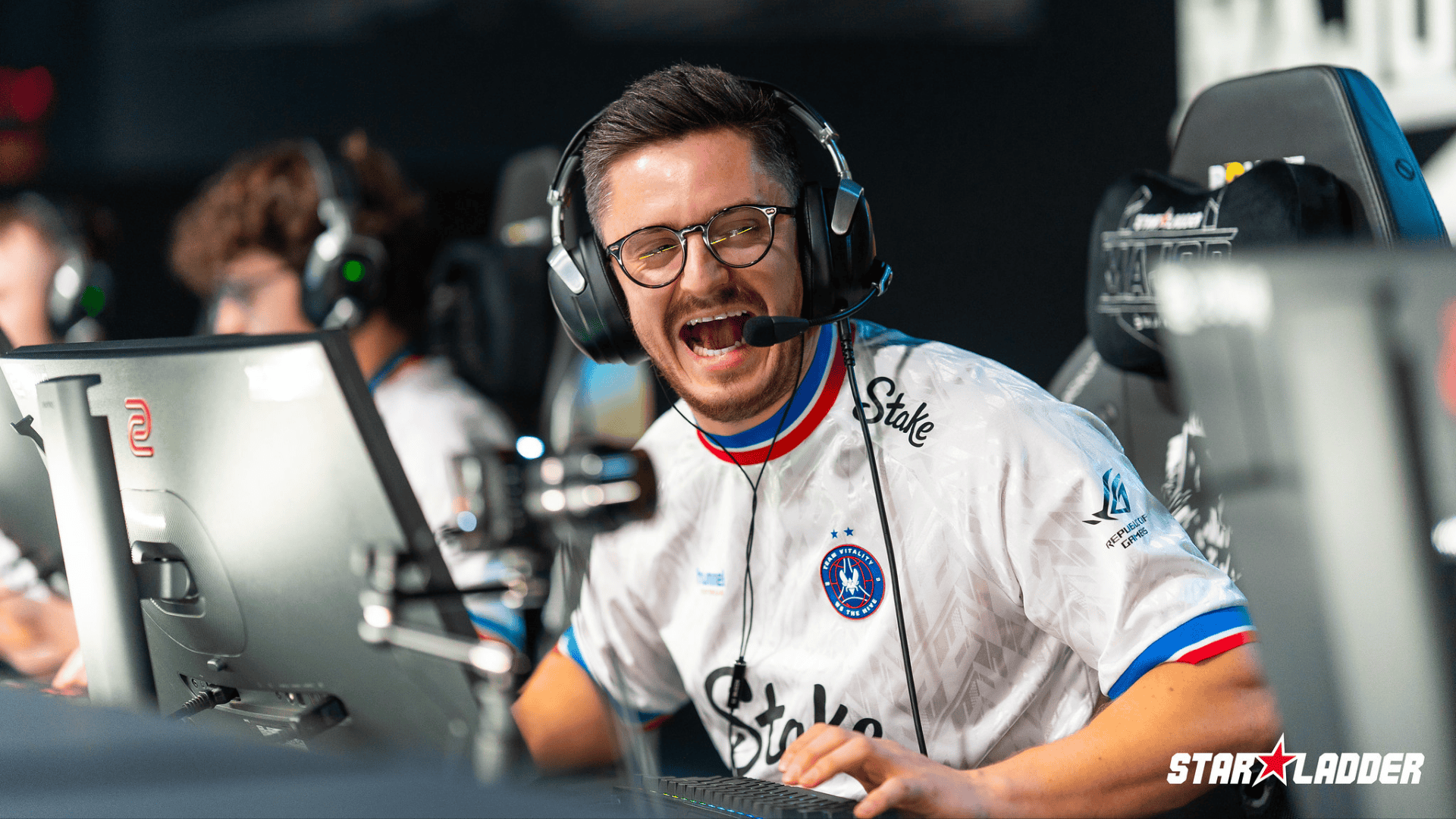
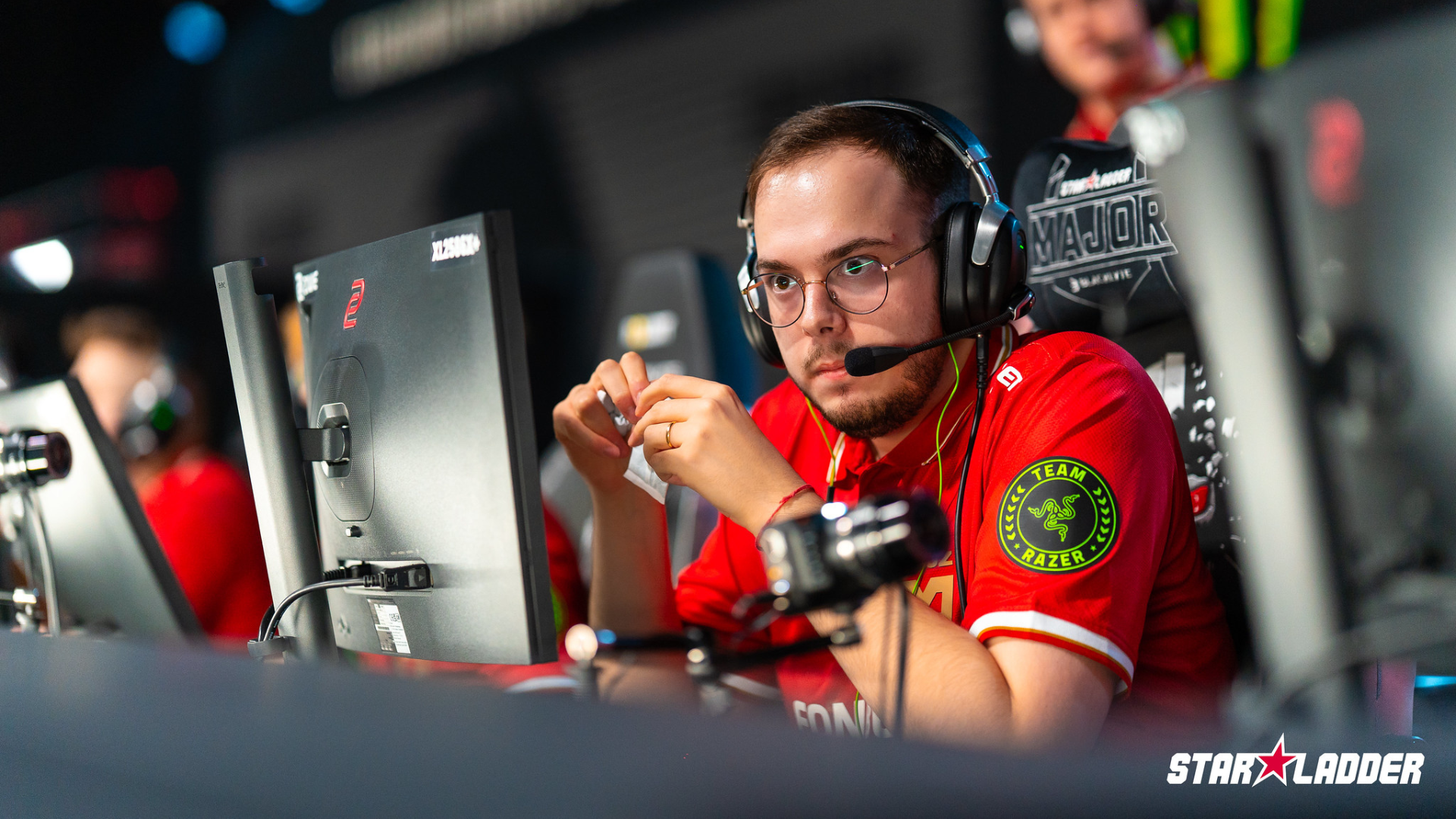

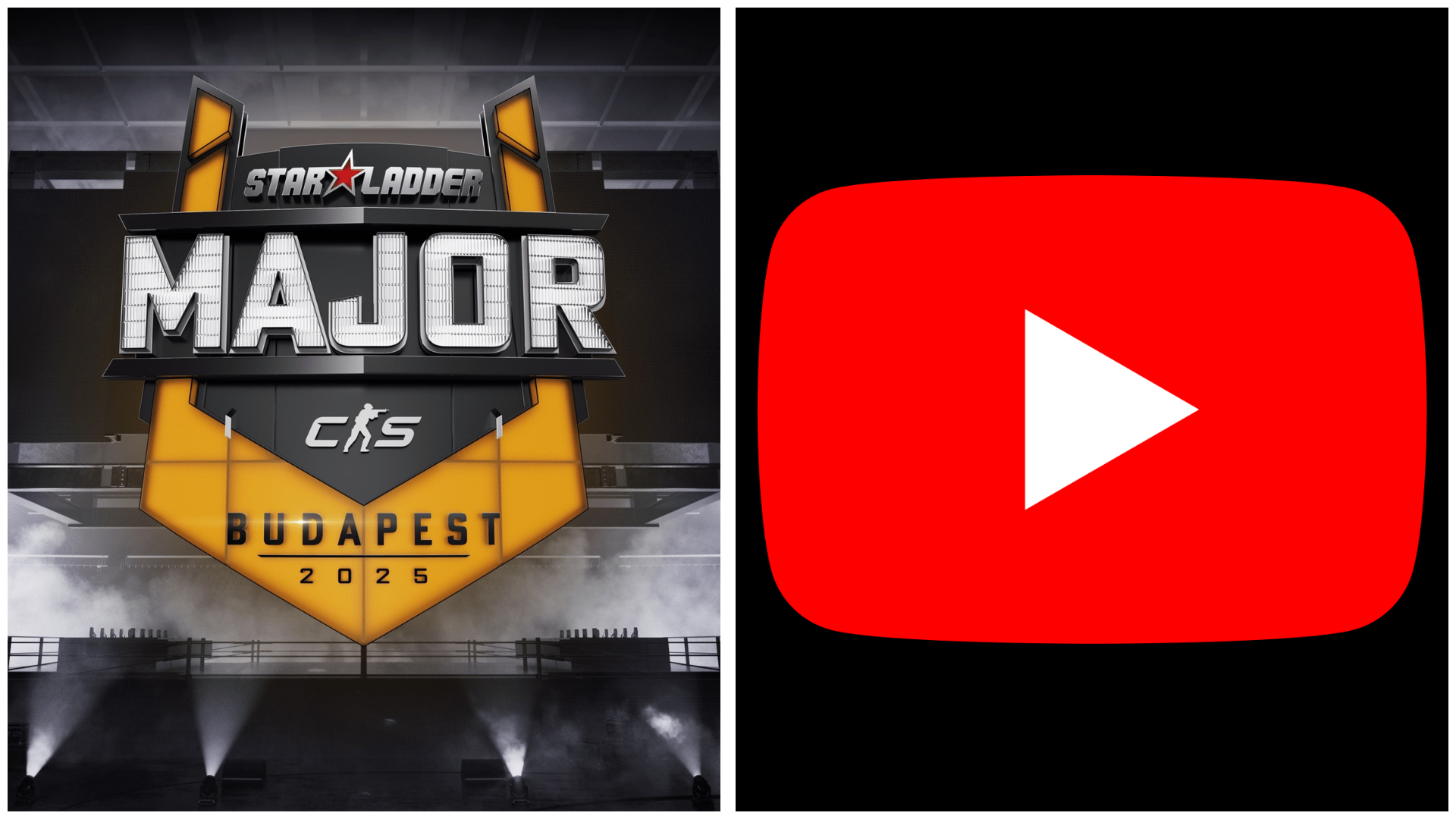
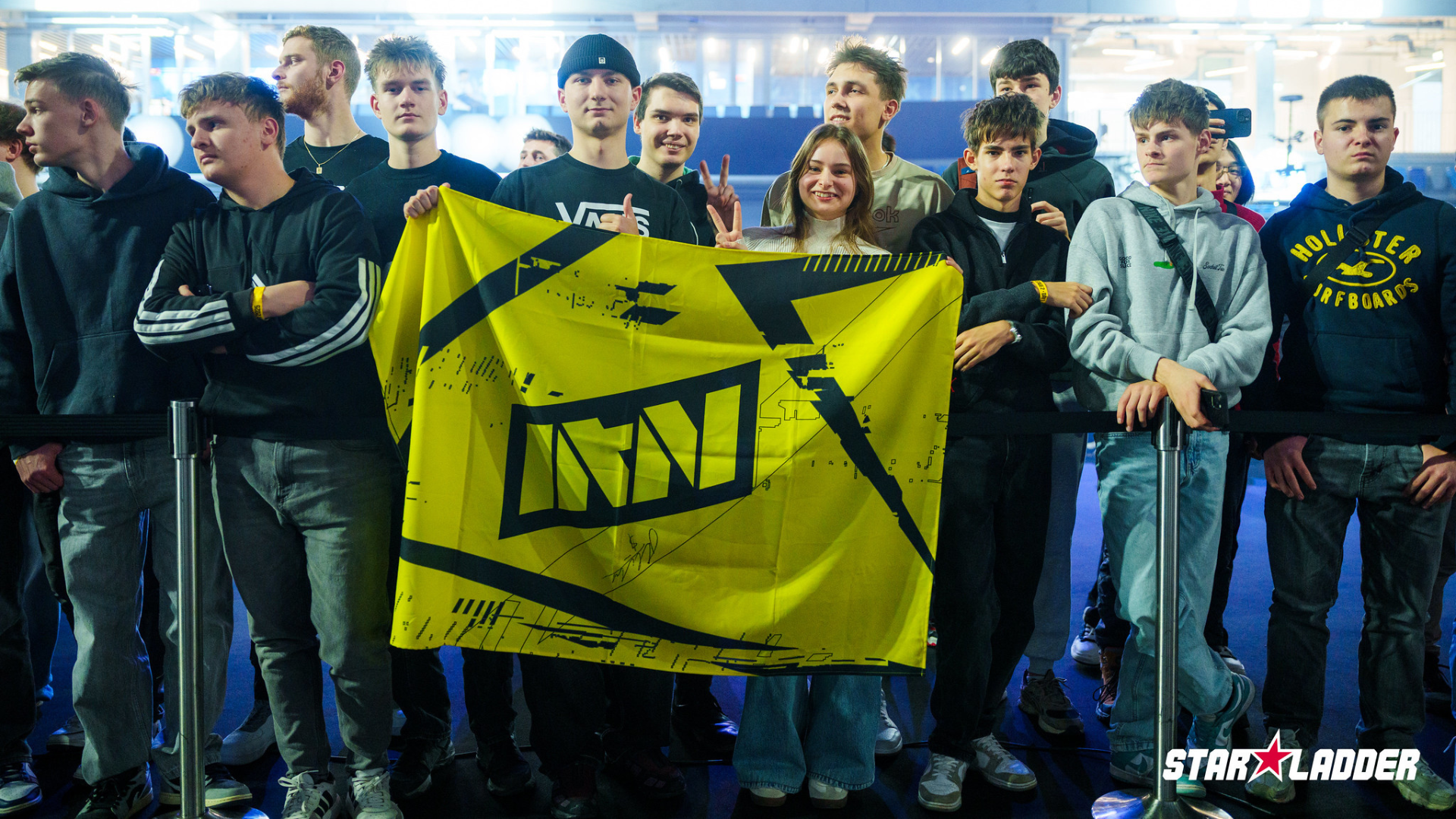

Published: Apr 14, 2023 01:15 pm